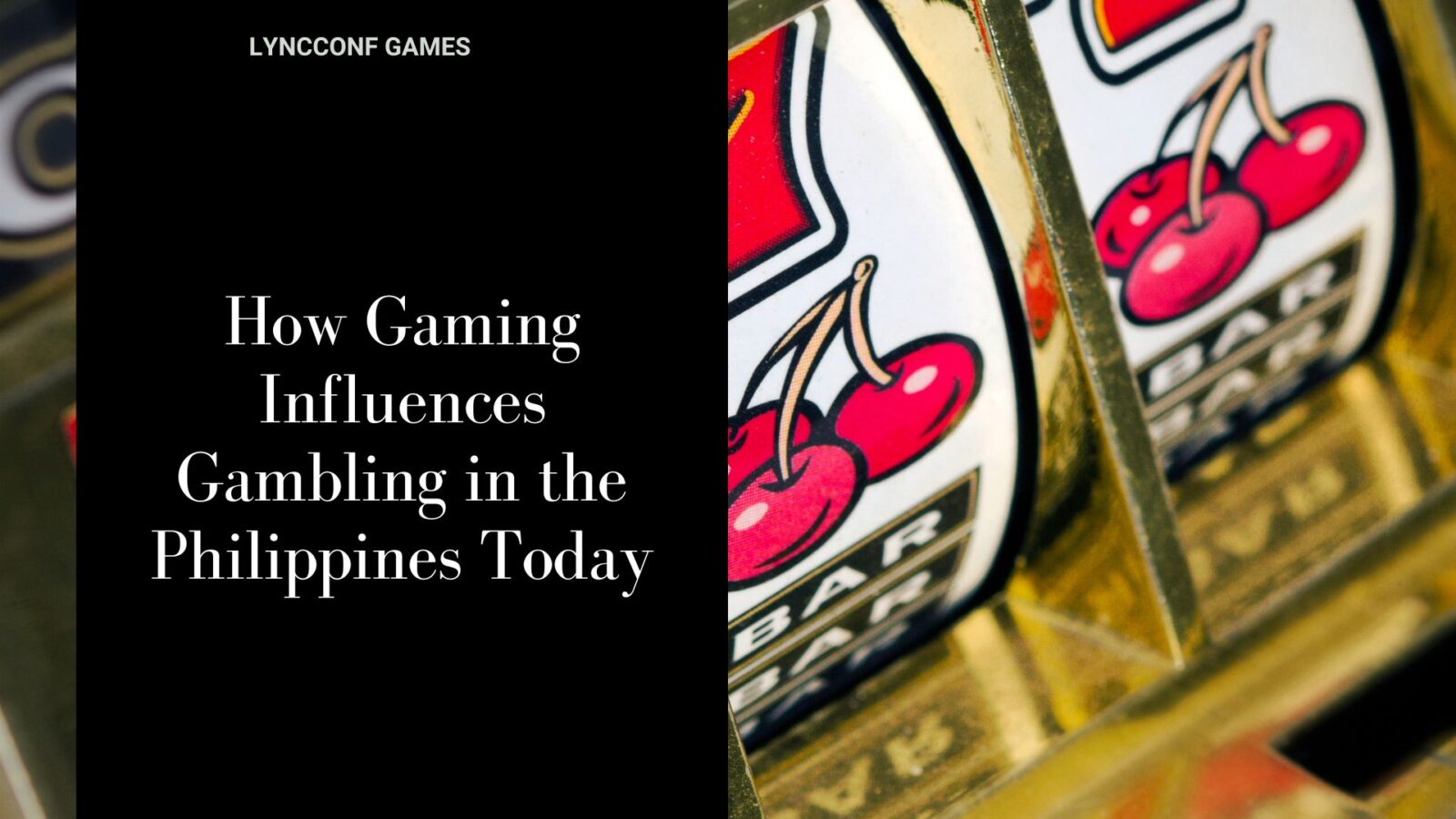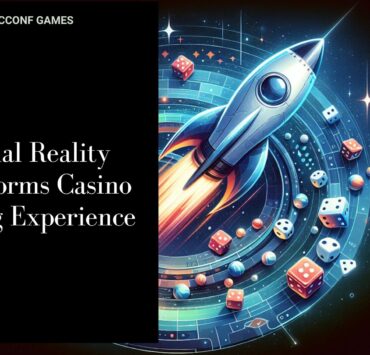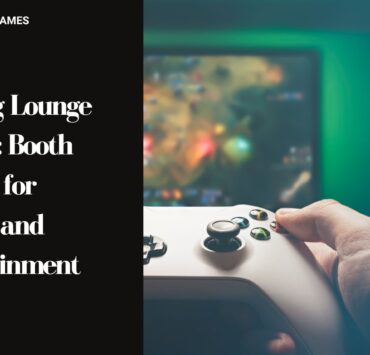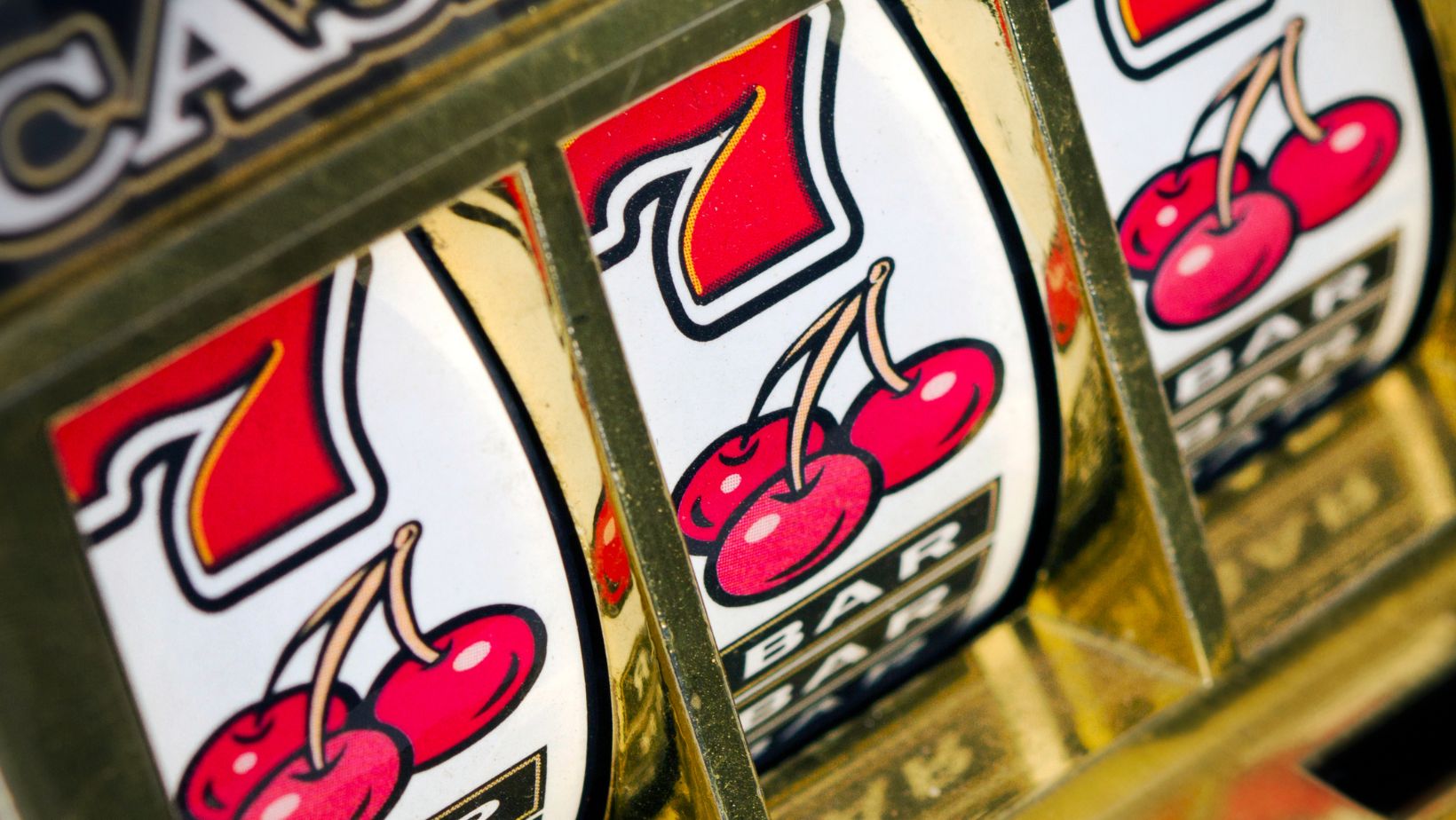
In the Philippines, the line between gaming and gambling is becoming increasingly blurred. What were once two distinct worlds, one built on entertainment and the other on risk and reward, are now merging. This shift is reshaping Filipino culture, the economy, and digital habits. Let’s analyze how gaming is influencing gambling in the Philippines today.
Table of Contents
ToggleThe Digital Transformation
Gambling has deep roots in Filipino society – from sabong (cockfighting) and local bingo games to national lotteries and modern casino resorts. At the same time, online and mobile gaming have become an integral part of everyday life, particularly among younger generations.
In 2024, the country’s gross gaming revenue reached ₱410 billion, marking a 24% increase from the previous year. The strongest growth came from e-games and online gambling, which jumped by over 160%. Filipino players eager to follow this trend can visit Paboritongonlinecasino.com for more information on the best gambling sites in the country.
When Games Feel Like Bets
Many of today’s most popular games blur the boundary between normal play and chance. Randomized loot boxes, spinning wheels, and gacha systems give players rewards based on luck rather than skill. Whether it’s unlocking a rare weapon, drawing a special character, or earning a surprise item, the thrill comes from not knowing what you’ll get next.
These features are designed to keep players hooked. The anticipation of a possible win mirrors the same rush found in slot machines and casinos – a mix of excitement, risk, and reward. Over time, this can make players comfortable with gambling-like behavior, even if the rewards only exist inside the game.
In the Philippines, this pattern is becoming common, especially among younger gamers who spend hours playing mobile and online games. What starts as harmless fun can quietly introduce the same habits found in gambling – chasing luck, spending funds for a chance at something better, and celebrating random wins. In many ways, gaming has become a gateway to the world of betting, long before anyone had entered a real casino.
Access Through Digital Wallets
The rise of digital payment platforms like GCash and Maya has transformed how Filipinos spend money online. These apps make it effortless to buy game credits, unlock premium features, or even place bets – all within seconds and without using cash. This ease of use has brought gaming and gambling closer than ever.
What once required a visit to a land-based casino or payment counter can now happen instantly through a smartphone. Because the process feels seamless, many users spend money freely, often without realizing how quickly small payments can accumulate. For many Filipino players, digital wallets create a sense of distance from real money. A simple top-up or in-app purchase can easily become a wager, turning casual play into something much more intense.
The Play-to-Earn Mindset
During the pandemic, the play-to-earn model, popularized by games like Axie Infinity, swept across the Philippines. Millions of Filipinos joined the trend, seeing gaming not just as entertainment but as a potential source of income. Players invested time and money to earn digital tokens or cryptocurrency, often treating it like a full-time job rather than a pastime.
That experience changed how people think about gaming. It showed that play could be profitable, and the time spent in virtual worlds might lead to real financial profit. When rewards are tied to chance, markets, or speculation, the leap from gaming to betting feels smaller.
Culture and Belief in Luck
Filipinos have long had a relaxed attitude toward games of chance. The idea of swerte, or luck, runs deep in daily life – from choosing lucky numbers to believing in good omens. Whether it’s a friendly card game, a town raffle, or a bet on a boxing match, gambling often carries social and cultural meaning. It’s seen as entertainment, a test of fortune, and sometimes even a way to bond with others.
This openness helps explain why luck-based games remain so popular. Many Filipinos enjoy the excitement of taking a chance and seeing if luck is on their side, whether in a neighborhood bingo hall or through a mobile app.
Video games that incorporate chance-based rewards, such as loot boxes or spin-to-win prizes, readily align with this mindset. They tap into the same thrill of risk and reward, making it even harder to draw a clear line between gaming and gambling.
The Growing Risks
Unfortunately, the convenience of gambling comes with real dangers. A Gulf News report in 2025 revealed that over 32 million Filipinos joined online gambling between January and May that year. This was a 300% jump from the previous year.
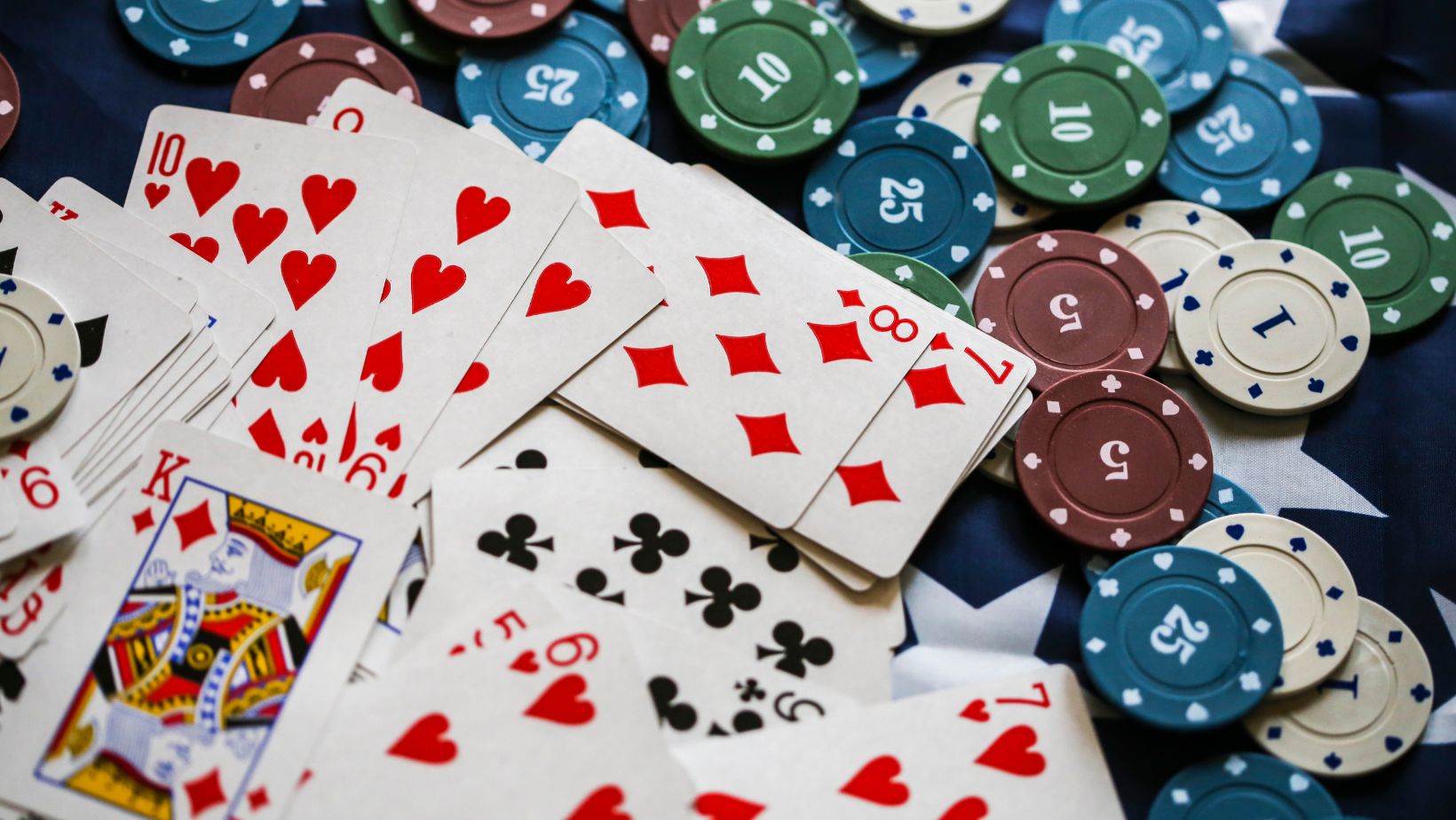
However, behind these numbers are growing cases of gambling-related problems. Many of those affected are young people and low-income workers. Experts warn that mobile gambling’s bright visuals, fast pace, and easy access can make addiction more likely. Players can gamble anytime, anywhere, and often in private, making it harder to control their habit.
Several groups now promote responsible gambling in the country, reminding players to set limits when playing online. The Philippine Amusement and Gaming Corporation (PAGCOR) includes responsible gaming messages on its website and offers self-exclusion programs for players. Nonprofit organizations, such as the Philippine Mental Health Association (PMHA) and Gamblers Anonymous Philippines, also provide counseling and support.
Conclusion
Gaming has grown far beyond simple entertainment. Nowadays, it influences how Filipinos spend, play, and even hope for financial success. But as the boundaries between gaming and gambling continue to fade, the potential for addiction and exploitation also grows. The challenge for the Philippines is not to stop the evolution of gaming but to guide it responsibly. After all, the thrill of playing games is here to stay as long as people remember where fun ends and spending begins.



